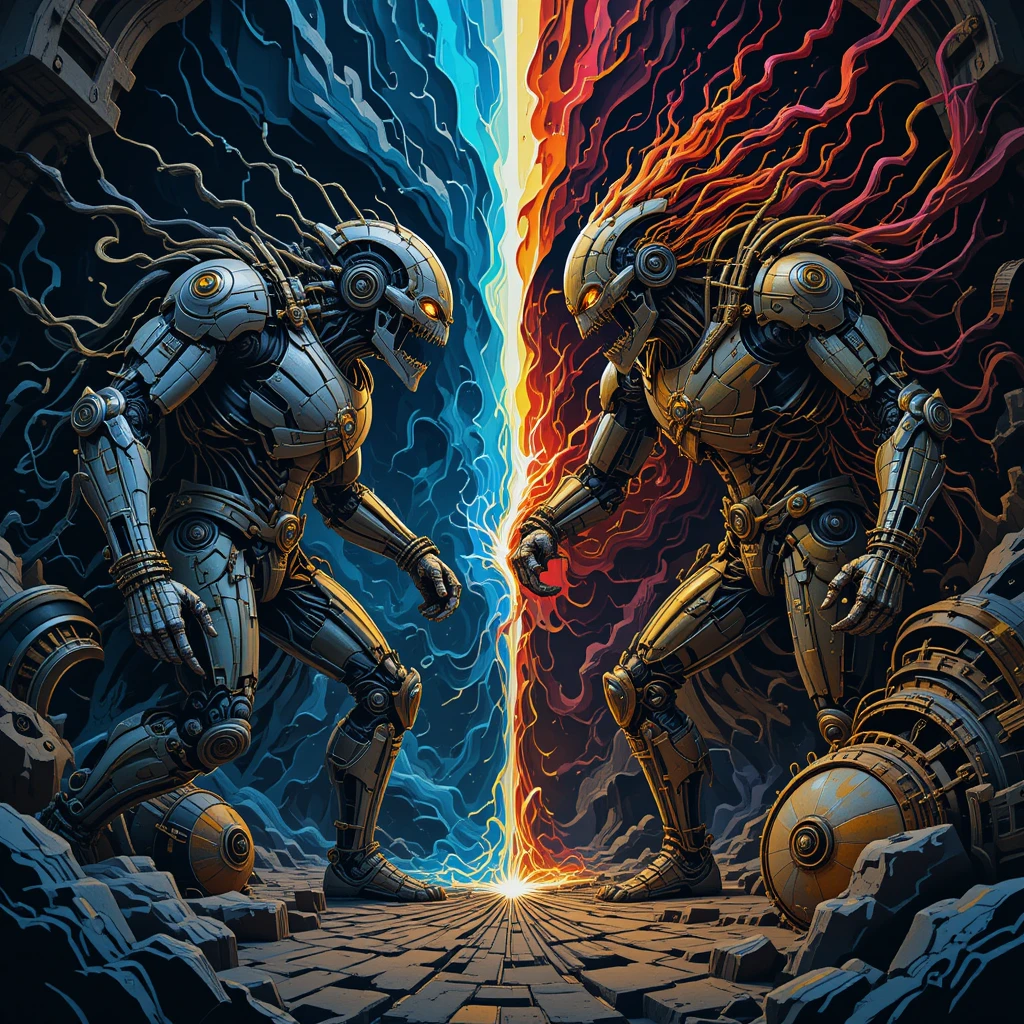Adres
Polska, Warszawa

Artificial Intelligence (AI) continues to evolve at an unprecedented pace, with new advancements in large language models, robotics, AI-powered applications, and ethical considerations. This week’s AI news includes major breakthroughs such as the release of Grok 3, OpenAI’s policy shifts, Microsoft’s preparations for GPT-5, new AI capabilities in robotics, and emerging trends in AI creativity and productivity tools. Below is a comprehensive overview of the latest developments in AI technology and its implications.
One of the most significant announcements this week was the launch of Grok 3 by xAI, a company founded by Elon Musk. The release came with an awkward launch video featuring the engineering team introducing the model. Despite the unusual launch, Grok 3 has quickly become the top-ranked large language model on LM Arena, surpassing competitors such as OpenAI’s GPT-4 and Anthropic’s Claude 3.5.
While Grok 3 outperforms most competitors in reasoning and coding tasks, it is still being debated whether it can surpass OpenAI’s GPT-4.0-turbo or Anthropic’s Claude 3.5 in all areas. Some benchmarks exclude comparisons with Claude Sonnet 3.5 and GPT-4.0-turbo, raising questions about selective benchmarking.
OpenAI has announced a shift in how it trains AI models, aiming to prioritize intellectual freedom and minimize censorship. This policy update is particularly relevant in the context of politically and ethically sensitive queries, where previous models often refused to answer or provided limited responses.
Microsoft is reportedly preparing server capacity for the release of GPT-4.5 (expected soon) and GPT-5 (expected in May 2025). These new iterations promise substantial improvements in language reasoning, response speed, and AI decision-making capabilities.
Meta has begun developing humanoid robots focused on household tasks and general assistance. The company is collaborating with robotic firms such as Figure AI and Agility Robotics to enhance real-world AI applications.
NVIDIA launched an AI-powered platform to teach American Sign Language (ASL). Users can interact with the AI to learn ASL gestures in real time, making it a valuable tool for accessibility.
Google has introduced a text-to-image AI generator that creates realistic stock imagery for advertising campaigns. This tool helps brands create highly customized marketing visuals without the need for stock photography.
A breakthrough in unsupervised AI learning called Torque Clustering enables AI systems to learn and identify patterns without human labeling. This self-improving AI could be a major step toward Artificial General Intelligence (AGI).
A Google-developed AI tool solved a decade-old microbiology mystery in just 48 hours. The AI rapidly analyzed data and arrived at the same conclusions as human scientists who had spent years researching the issue.
Apple has released the iPhone 16E, which features Apple Intelligence in a more affordable package. This new model brings AI features previously exclusive to high-end devices.
Humane’s AI wearable device (AI Pin) has officially ceased operations, with HP acquiring its assets for $116 million. Early adopters will not receive refunds, leading to criticism from the tech community.
Rabbit, a company working on AI-powered task automation, has expanded its large action model to Android. This allows voice-controlled automation for apps and services.
This week’s AI updates highlight the rapid acceleration of AI capabilities, from language models to robotics and ethical AI advancements. As AI continues to integrate into daily life, the challenges surrounding bias, misinformation, and responsible AI use remain critical.
To stay updated on future AI developments, ensure you are subscribed to relevant AI newsletters, YouTube channels, and research blogs.
NVIDIA is offering a chance to win an RTX 5090 GPU. To participate, users must:
For more details, visit FutureTools.com.
AI continues to redefine industries, from content creation and scientific research to robotics and ethical computing. This week’s advancements signal an exciting, albeit complex, future for artificial intelligence. As AI models become more powerful, ethical considerations, bias control, and regulation will play a key role in shaping AI’s societal impact.